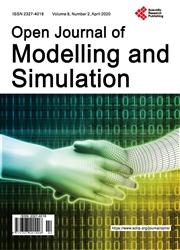Virtual Reality Simulators in the Process Industry: A Review of Existing Systems and the Way Towards ETS
引用次数: 3
Abstract
Simulator training with Virtual Reality Simulators deeply engages the operators and improves the learning outcome. The available commercial 3D and Virtual Reality Simulator products range from generic models for laptops to specialized projection rooms with a great variety of different audiovisual, haptic, and sensory effects. However, current virtual reality simulators do not take into account the physical and psychological strain involved in field operators’ work in real process plants. Collaborative training using Extreme Environments Training Simulators could enhance the learning process and provide a more realistic perception of the time and effort needed to carry out demanding operations in Extreme Environments. We suggest developing the following features for an optimal ETS experience and safe learning environment: immersive 3D virtual environments, mixed-reality features, automated assessment, and a monitoring system for the physiological and psychological condition of the trainees.过程工业中的虚拟现实模拟器:对现有系统的回顾和迈向ETS的道路
利用虚拟现实模拟器进行仿真培训,使操作者深入参与,提高了学习效果。可获得的商业3D和虚拟现实模拟器产品范围从笔记本电脑的通用模型到具有各种不同视听,触觉和感官效果的专门放映室。然而,目前的虚拟现实模拟器并没有考虑到现场操作人员在真实过程工厂工作中所涉及的身体和心理压力。使用极端环境训练模拟器的协作训练可以增强学习过程,并提供在极端环境中执行苛刻操作所需的时间和精力的更现实的感知。我们建议开发以下功能以获得最佳的ETS体验和安全的学习环境:沉浸式3D虚拟环境,混合现实功能,自动评估以及学员生理和心理状况监测系统。
本文章由计算机程序翻译,如有差异,请以英文原文为准。
求助全文
约1分钟内获得全文
求助全文

 求助内容:
求助内容: 应助结果提醒方式:
应助结果提醒方式:


